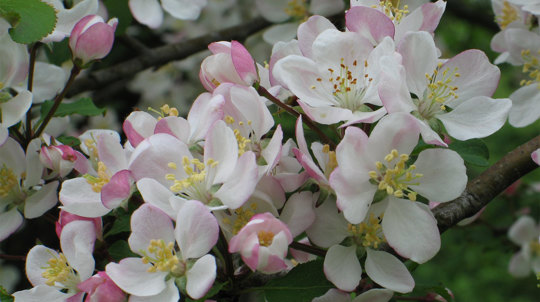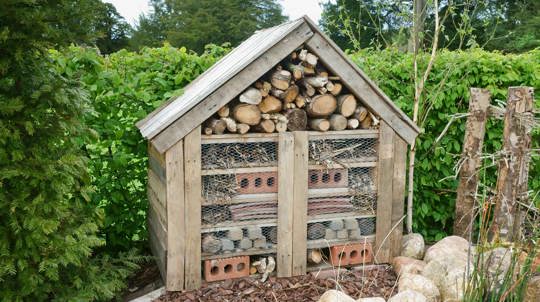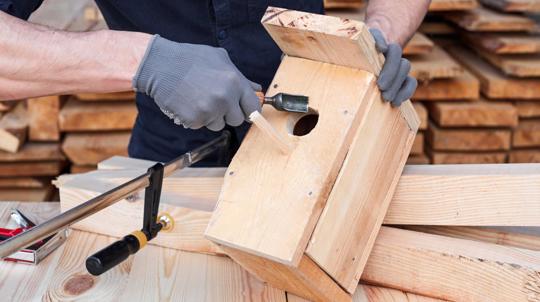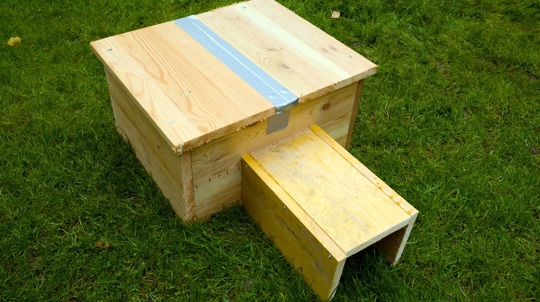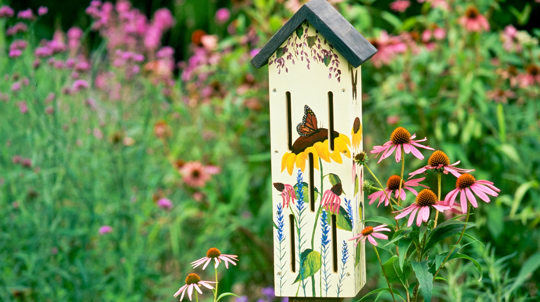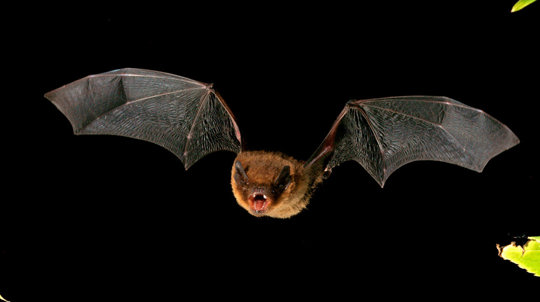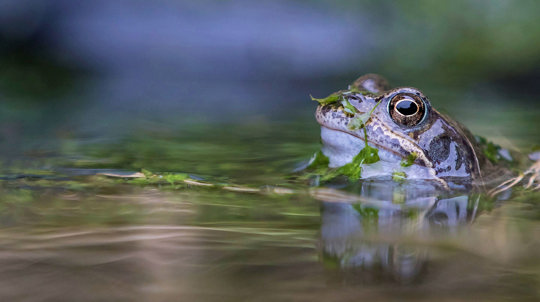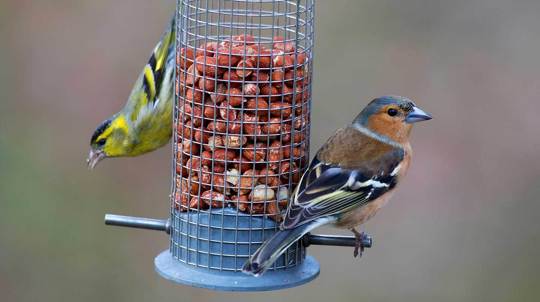Together, the UK’s 24 million gardens are larger than all our National Nature Reserves combined. That’s a lot of extra space for wildlife!
How to increase biodiversity in your garden

Digital Content Manager
Every garden has the potential to be a haven for wildlife. Once you know what to plant and how to embrace a little mess, you can turn your outdoor space into a thriving biodiversity garden.
The word ‘biodiversity’ simply refers to all the kinds of different life you can find in one area. A biodiverse garden is one that supports the whole intricate tangle of the natural ecosystem, from birds and bees to hedgehogs and beetles. Here are some easy ways to increase biodiversity in your garden.
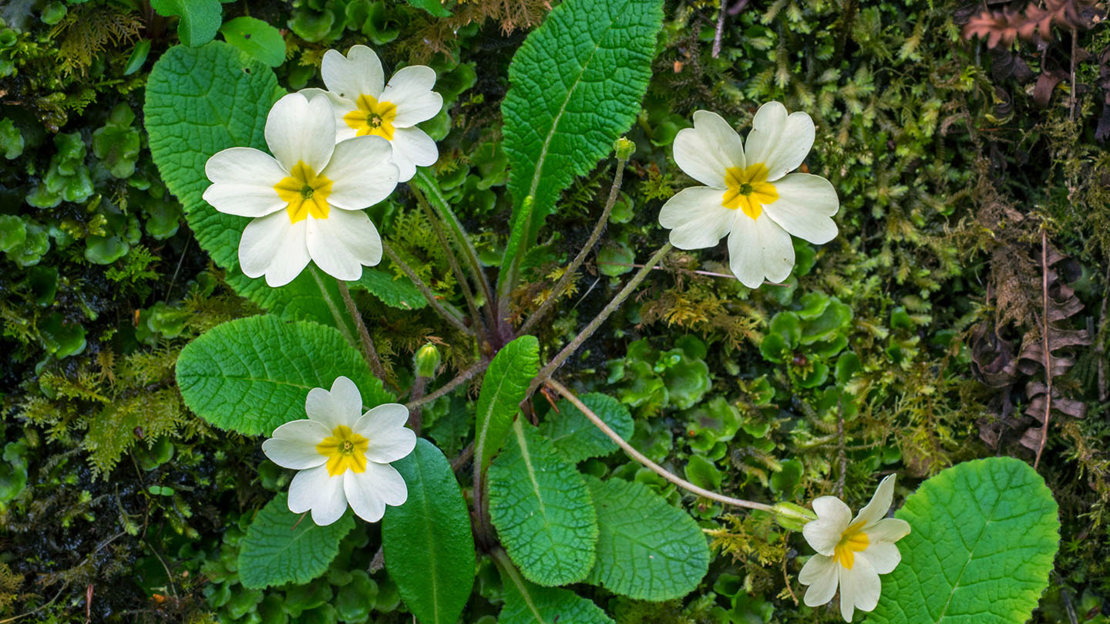
Pick the right plants
If you aren’t sure how to attract wildlife to your garden, the best place to start is with plants. Whether you have room for raised beds or just a few pots, the right mix of flowers will help insects thrive, no matter the size of your space.
The best plants for pollinators are those native to the UK, as our insects have evolved alongside them for millennia. Also consider the time of year your plants will flower. Try to include a mix that, together, will provide sustenance throughout the year.
Spring flowering plants
- Stinking hellebore
- Primrose
- Forget-me-not
- Bugle
Summer flowering plants
- Foxglove
- Comfrey
- Clovers
- Teasel
- Honeysuckle
- Viper’s bugloss
Autumn flowering plants
- Buddleia
- Heathers
- Aster
- Scabious
Winter flowering plants
- Snowdrop
- Red campion
- Winter heathers
Plant wildlife-friendly trees
While plants are vital to a thriving wildlife garden, trees are the unsung heroes. In fact, a single oak tree can support a whopping 2,300 species. You don’t need to grow a mighty oak to increase the biodiversity in your garden though – lots of other smaller, garden-friendly trees and shrubs are also loved by birds, insects and mammals. Ivy, for example, provides shelter for birds and nectar for bees, while crab apples offer fallen fruit to hungry blackbirds, thrushes and voles.
Wildlife-friendly garden trees
Though hedgehogs are partial to slugs, the bulk of their diet is made up of beetles, earwigs, caterpillars, earthworms, millipedes and fly larvae. They mostly rely on slugs in autumn.
Get messy
One of the best things about gardening for biodiversity is that you can put away the mower and your rake. Wildlife loves what many people see as ‘mess’.
Long grass
Leaving some areas of grass long and uncut throughout the year will turn your lawn into a biodiversity hotspot. Beetles, caterpillars and slugs will hide away in the vegetation, creating a tasty buffet for the hedgehogs that eat them.
Twig and leaf piles
Piles of leaves and twigs also harbour creepy crawlies that hedgehogs love to eat. Plus, they offer shelter and hibernation spots for our hoggy friends, as well as foraging areas for snail-eating birds like thrushes, and small insect-eating birds like wrens.
Nettles and other ‘weeds’
The plants we traditionally know as weeds are simply wildflowers, and they’re a vitally important source of pollen and nectar, especially in early spring, when few other flowers have bloomed.
Dandelion nectar is adored by hoverflies and peacock butterflies, as well as solitary bees including early mining bees and ashy mining bees. Garden tiger moth caterpillars feast on dandelion leaves, and goldfinches tuck into dandelion seedheads when the flowers turn fluffy and white.
Then there are nettles, the sole foodplant of peacock butterfly caterpillars. Without nettles, these garden favourites simply wouldn’t be able to survive.
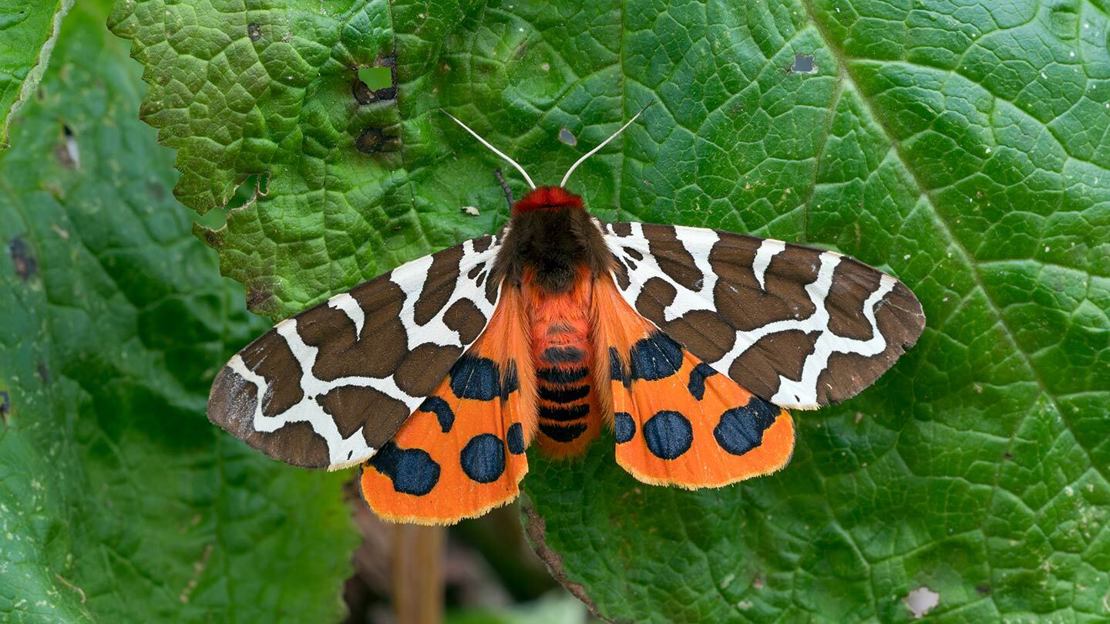
Provide water
All wildlife depends on water, so if you can, add a water source (or two!) to your outdoor space. A pond – no matter how large or small – has the potential to support newts, frogs, toads, diving beetles, damselflies, dragonflies and some species of hoverfly larvae. An old sink or bucket makes a perfect mini pond for small spaces.
A bird bath gives feathered visitors somewhere to spruce up their plumage and rehydrate, but if you’re short on space, something as simple as a small dish will give them somewhere to drink. You may even spot bees drinking from your water dish – make sure you add lots of pebbles for them to perch on.
Embrace waste
A compost heap or compost bin is one of the best things you can add to your garden. That single lump of decaying matter can become a whole ecosystem of worms, beetles, flies, woodlice, amphibians, and even reptiles like slow worms and grass snakes. Better still, composting is a great way to cut down on waste. Here are some things you can pop on your heap.
What to compost
- Vegetable peelings
- Fruit waste
- Teabags (plastic-free)
- Plant prunings
- Grass cuttings
- Cardboard egg boxes
- Scrunched up or shredded paper
- Crushed eggshells
- Coffee grounds
What not to compost
- Meat or dairy products
- Perennial weeds
- Diseased plants
- Dog waste or cat litter
- Babies’ nappies
- Coloured paper
- Citrus
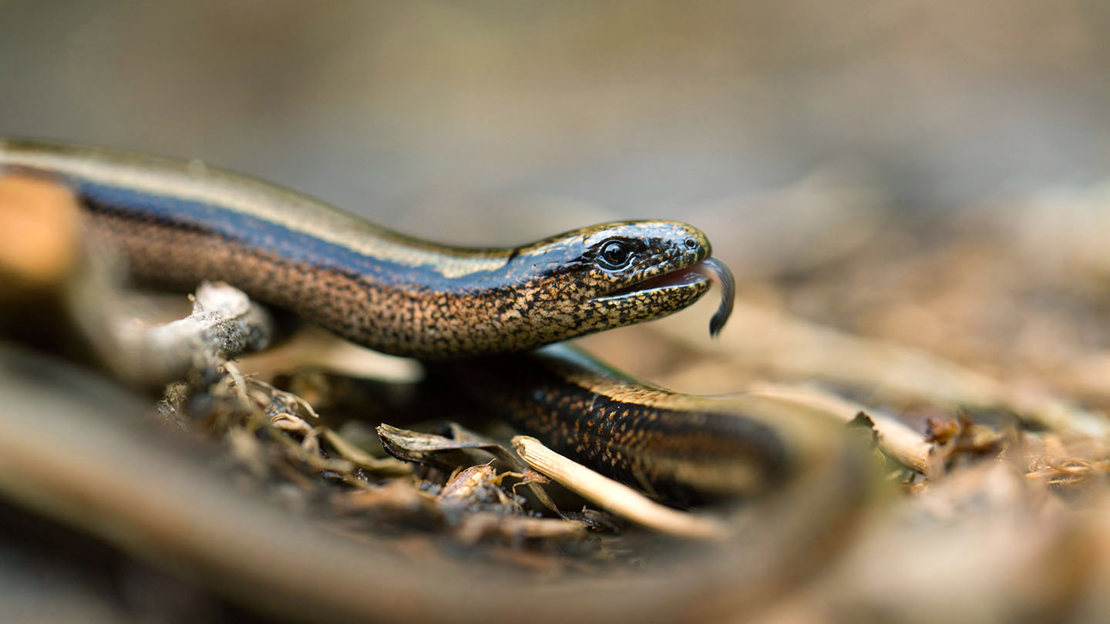
Build five-star accommodation
Like us, garden wildlife needs somewhere safe and secure to rest, recharge and raise the next generation. There are all manner of animal homes you can add to your garden, either ready-made or lovingly cobbled together in your own back yard. For insects there are bug hotels, or bee bricks that take up less space by integrating into your wall. Hedgehogs will appreciate a cosy hedgehog house in a sheltered spot, while birds will love a nest box designed for their species needs – for example, robin boxes are open fronted, while swift boxes are long and sit right under your eaves.
Step away from the chemicals
Chemicals spell disaster for a potential biodiversity garden. Not only do they kill the species they’re targeted at, but everything else that comes into contact with them. That’s the hedgehog that eats the slug that’s eaten the slug pellets, or the bird that’s eaten the caterpillar that’s eaten the plant sprayed with herbicides.
Let’s reframe how we think about ‘pest’ species. A plant full of aphids is a smorgasbord for predators ranging from ladybirds to dunnocks, which will take care of the pest control for you. The large white butterfly caterpillars you might find tucking into your cabbage leaves are juicy protein shakes for common wasps. Even potential plant nibblers play their part in breaking down unwanted waste material in our gardens – some slugs and snails even gobble up pesky algal growths in greenhouses. They’re all part of nature’s wonderfully biodiverse web of life.
Pamper your garden this season
Our wildlife-friendly range has something for every garden, all delivered to your door.
Browse the shop




